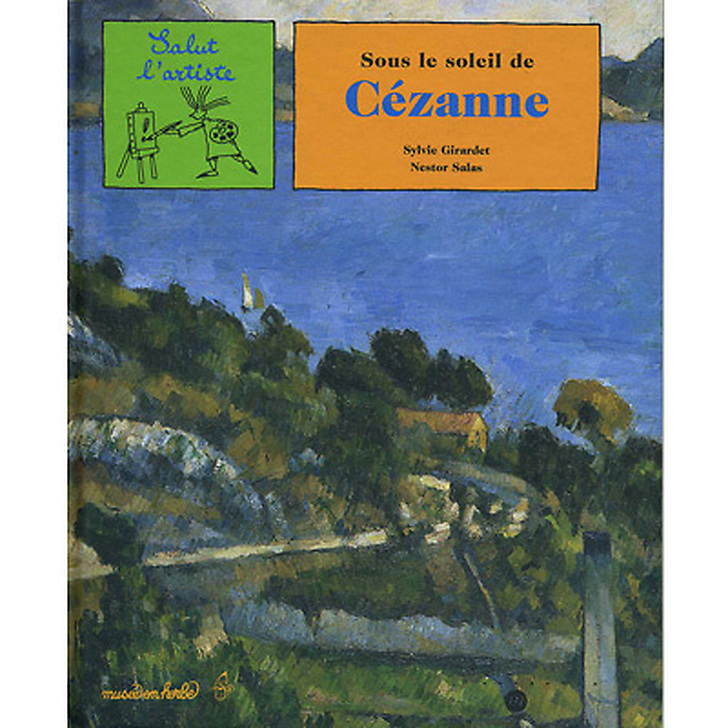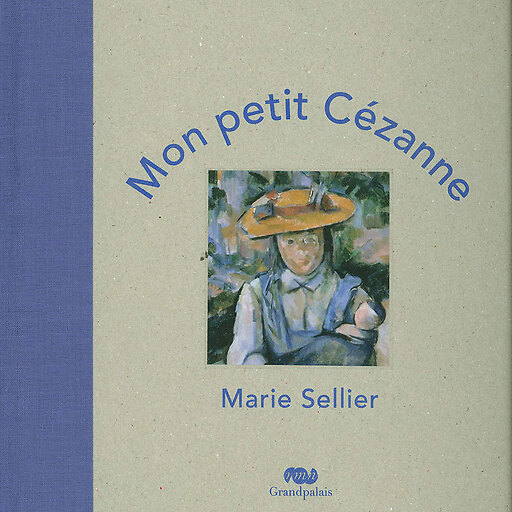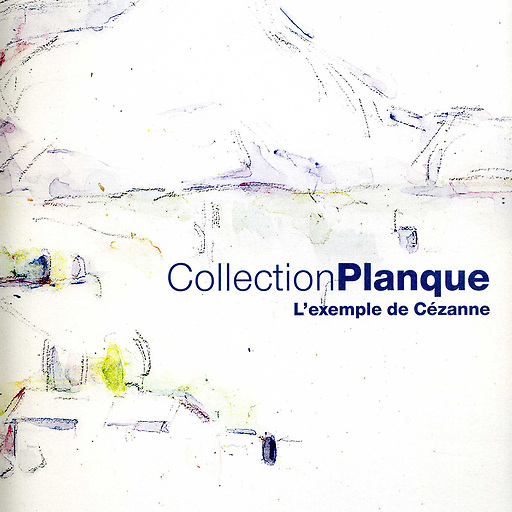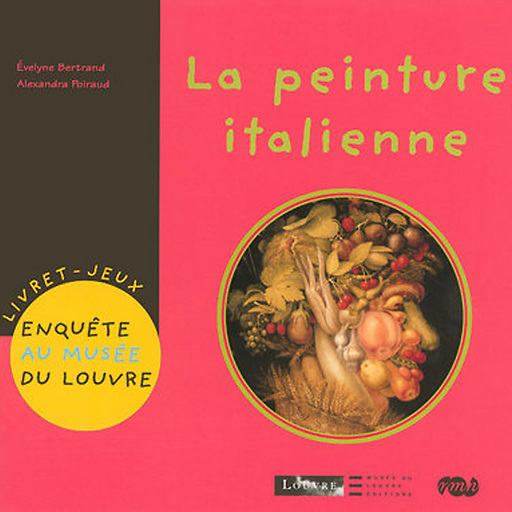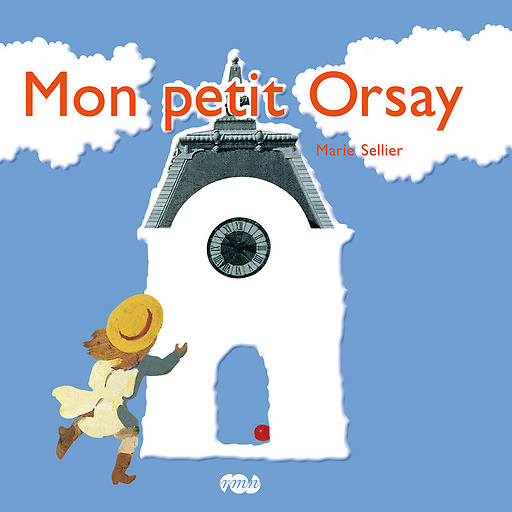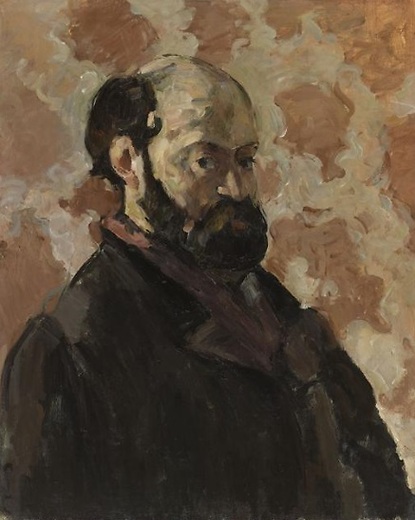Characteristics
- Number of pages
- 40
- Museums
- Musée d'Orsay, Petit Palais Musée des Beaux-Arts de la Ville de Paris
- Theme
- Literature
- Dimensions
- 16 × 20 × 1 cm
- Artist
- Paul Cézanne (1839-1906)
- Art movements
- 19th century, French paintings
- Reference
- JA105201
- EAN
- 9782711852017
- Publication date
- Juin 2006
- Diffusor
- EDITIONS FLAMMARION
- Distributor
- EDITIONS FLAMMARION
- Conservation museum
- Paris - Réunion des musées nationaux- Grand Palais
Our selection
 Reviews
Reviews
Lunedor
4/23/16
Je ne suis pas un enfant de 8 ans... et si j'ai acheté ce livre c'était en guise de préparation de visites "Sur les pas de Cézanne" pour enfants.
J'ai trouvé l'ouvrage bien construit et ludique po...Read more...

